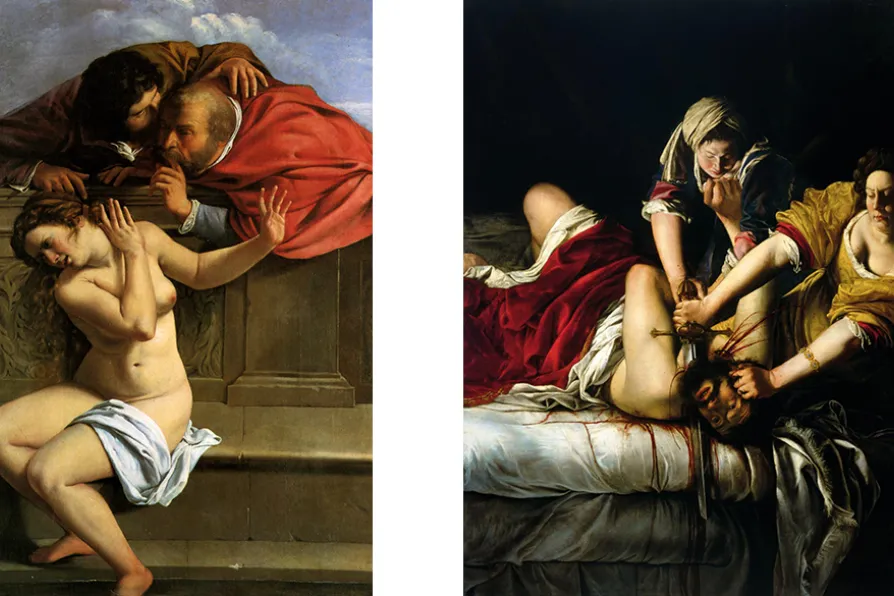MARIA DUARTE is swept along by the cocky self-belief of a ping-pong hustler in a surprisingly violent drama


WHEN, at the age of 17, Artemisia Gentileschi painted Susanna and the Elders she might have well been responding to the sexual harassment she had to put up with in the studio of her widowed father Orazio.
If so, Gentileschi’s alter ego Susanna shows determination and courage in refuting the Elders’s debauched advances. They are portrayed as leering, aggressive voyeurs — there is trepidation in this image and the threat of imminent rape.
In the canvas, Gentileschi borrows the chiaroscuro technique from her father’s influential friend Caravaggio, in which the luminous and courageous Susanna is accosted by her tormentors, whose shapes and contours stay in the penumbra.

JOHN GREEN welcomes a remarkable study of Mozambique’s most renowned contemporary artist

SIMON PARSONS applauds an imaginative and absorbing updating of Strindberg’s classic












